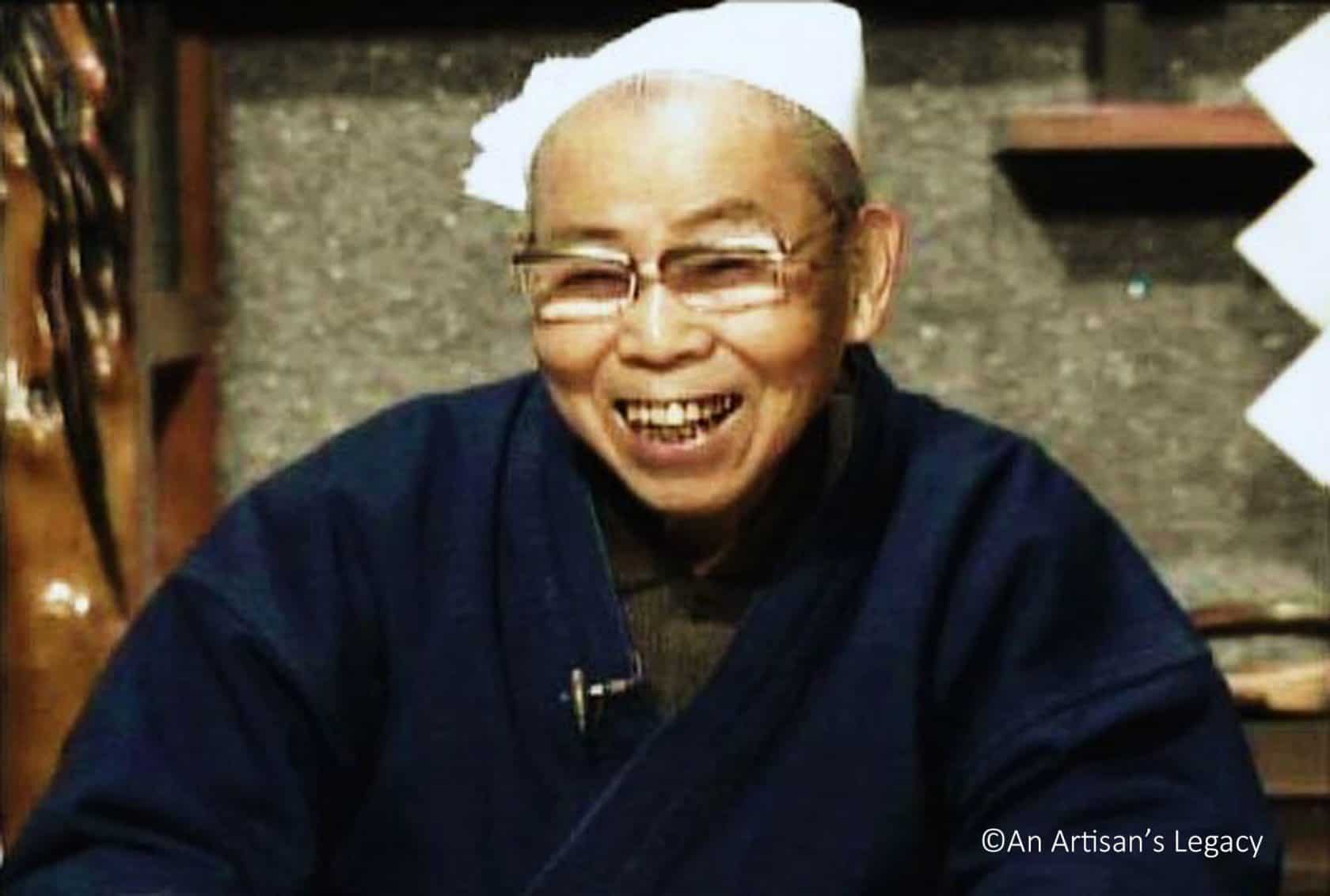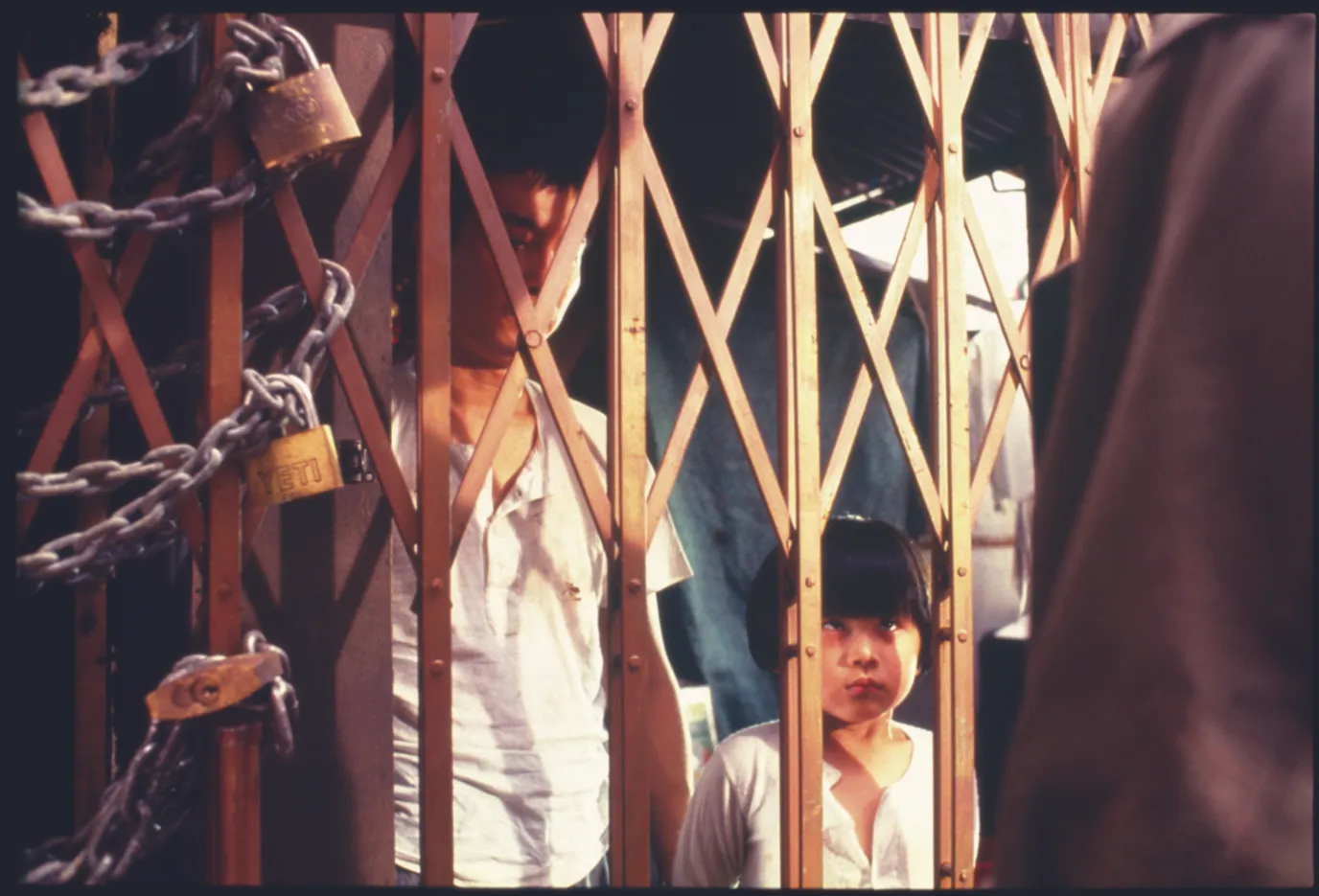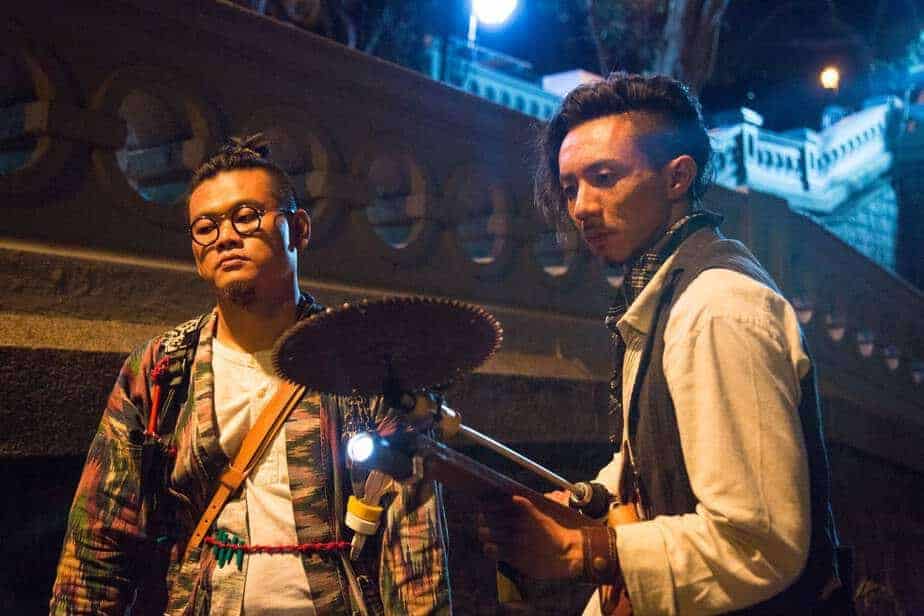At Sundance last week, Shaunak Sen's “All That Breathes” won the Grand Jury World Cinema: Documentary Award. This marks yet another milestone in this relatively new filmmaker's career. His debut documentary, “Cities of Sleep” (2016) won reaped accolades after its premiere at DOK Leipzig. In 2019, he earned the Sundance Documentary Grant to work on this project – then called “Airborne.” Now, with his finished feature in 2022, Sen walks away from the festival as the only Asian contestant to win a Grand Jury prize this year.

In Sen's sophomore feature, two Muslim men (Mohammad Saud and Nadeem Shehzad) work on their bird rehabilitation clinic in India. They are specialists in “black kites” – the common birds that populate the Delhi skies. Their dedication to the avians knows no bounds. They swim across inlets to rescue injured animals; hide rodents in their pockets; tirelessly apply for grants to keep operations running. The increasingly injured local fauna is not an isolated incident, however. With abysmal air quality, increasing anti-Muslim sentiment, and – of course – kites falling out the sky, the fragile Delhi network threatens to cave under pressure. Politics and the environment are intertwined in Sen's microcosmic ecology.
Funnily enough, this production is reminiscent of another Sundance entry, Snow Hninh Ei Hlaing's “Midwives.” After all, the two cover the stories of humble locals building clinics amid anti-Muslim violence. In this setup already, the two documentaries are not necessarily complex. There are clear delineations of the aggrieved parties (Muslims) and their aggressors (extremists). Despite this, the documentaries do not pity their subjects. There is no real call to action for these victims of circumstance; in fact, one even wonders why the movies were made. Are they the product of exposure? Of foreign grant funding? Or are they simply movies from the heart, eager to share stories untold? In either case, the future is bleak for these documentaries' subjects. As hatred threatens to destabilize their futures, the films read like an elegy to their subjects' will to change the world.

Unlike “Midwives,” however, “All That Breathes” is carefully crafted. Sweeping vistas of the open, but polluted skies expound upon the cured kites' freedom. Off-kilter long shots deliberate upon whispered conversations behind doors. A plethora of pans complement Saud and Shehzad's voiceovers, each of which almost feel more poetry than they do prose. Sen's fascination with the collision between the animal kingdom and city is clear. The camera gazes in awe upon the sheer force of urbanity in the Indian capital – and nature's ability to adapt accordingly.
All in all, “All That Breathes” illustrates a portrait of a delicate ecosystem that is dangerously upset. Here, the kites mirror Saud and Shehzad. The worse the AQI gets, the more kites literally fall ill; the more violent the Hindu political-religious movements become, the less secure the brothers are in their clinic. As the future heads into uncertain territory, “All That Breathes” spells out a plea for balance. In this life, everything – all that breathes – is connected: under the skies, through the air, and the Earth upon which we live.















